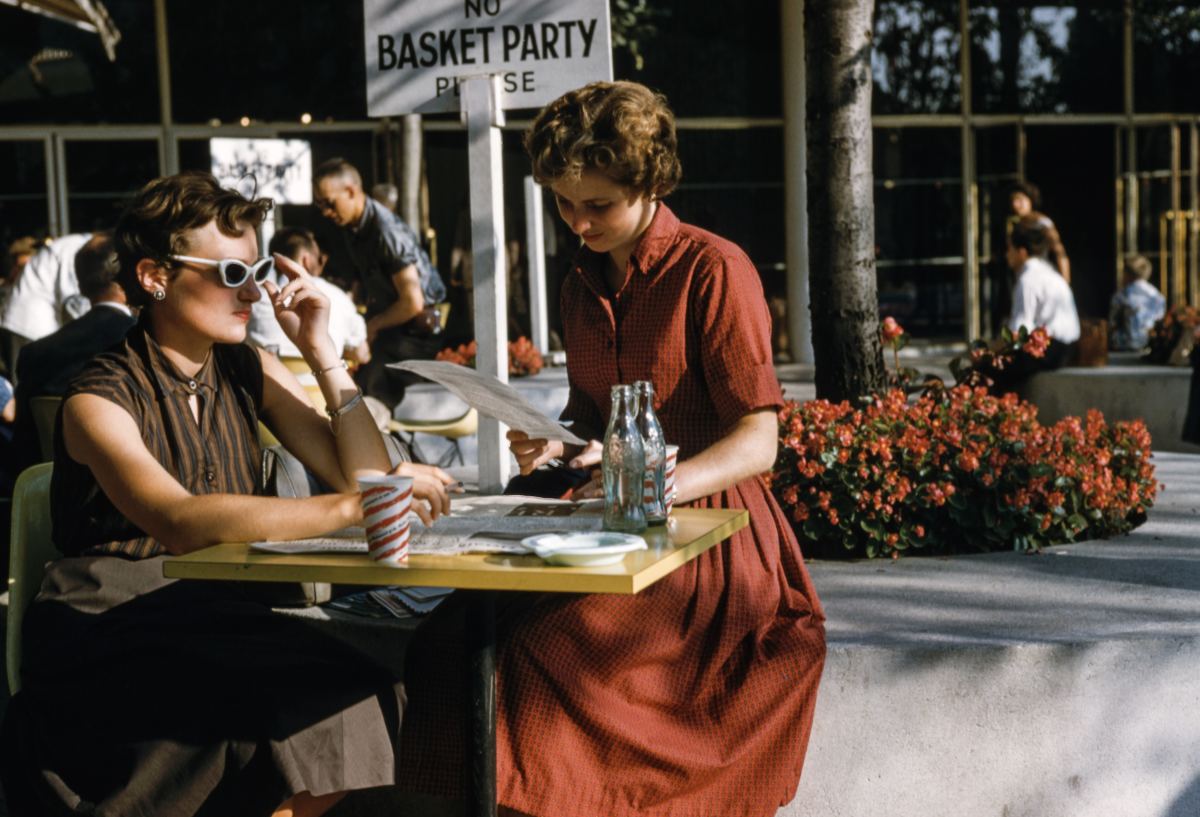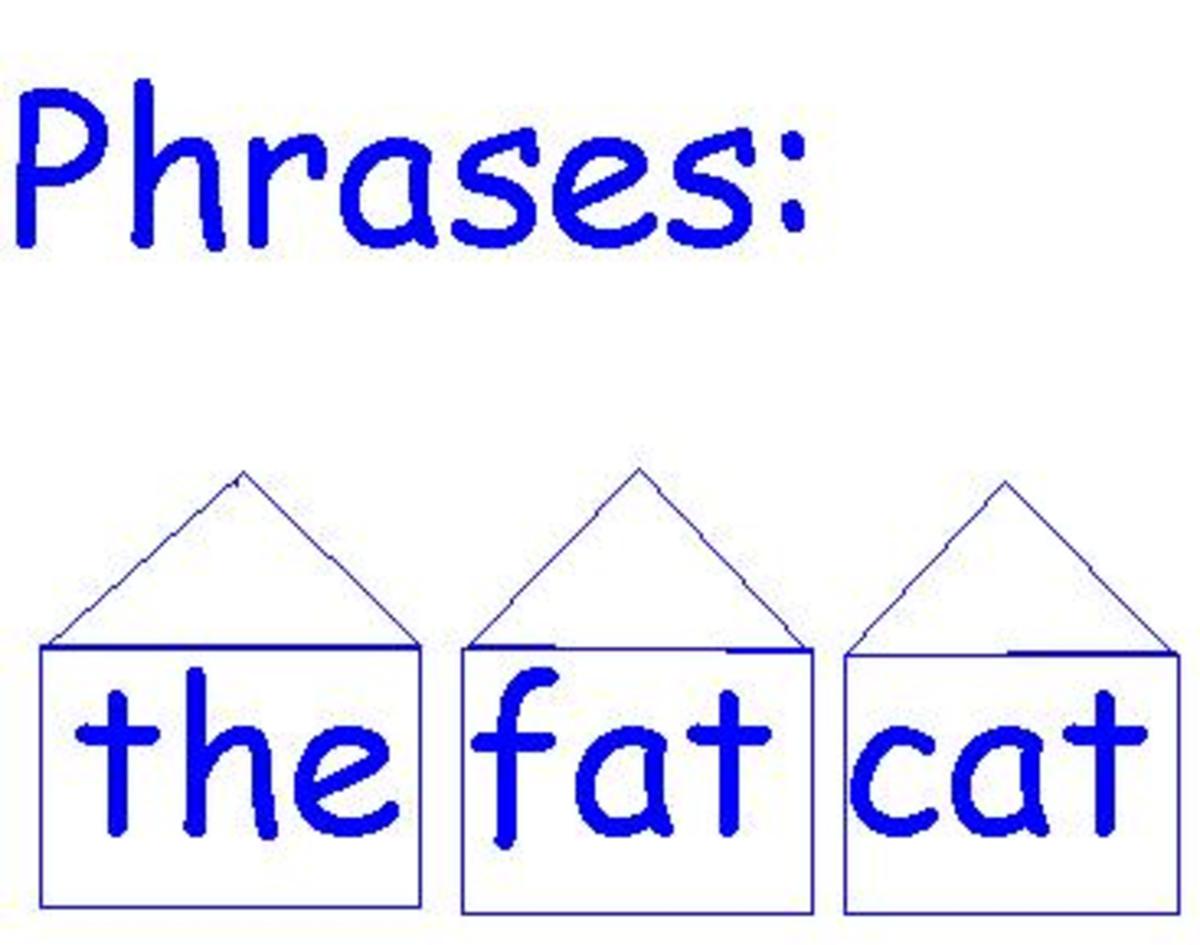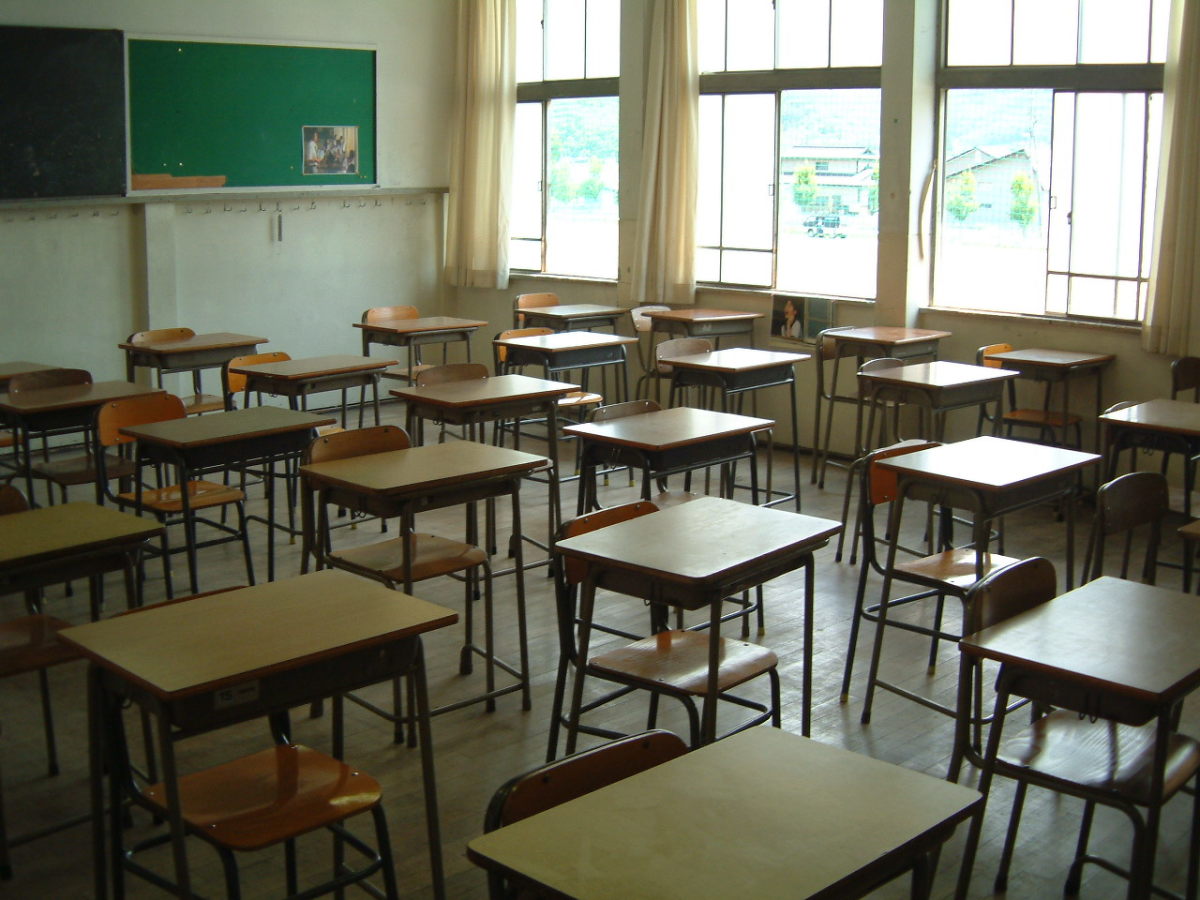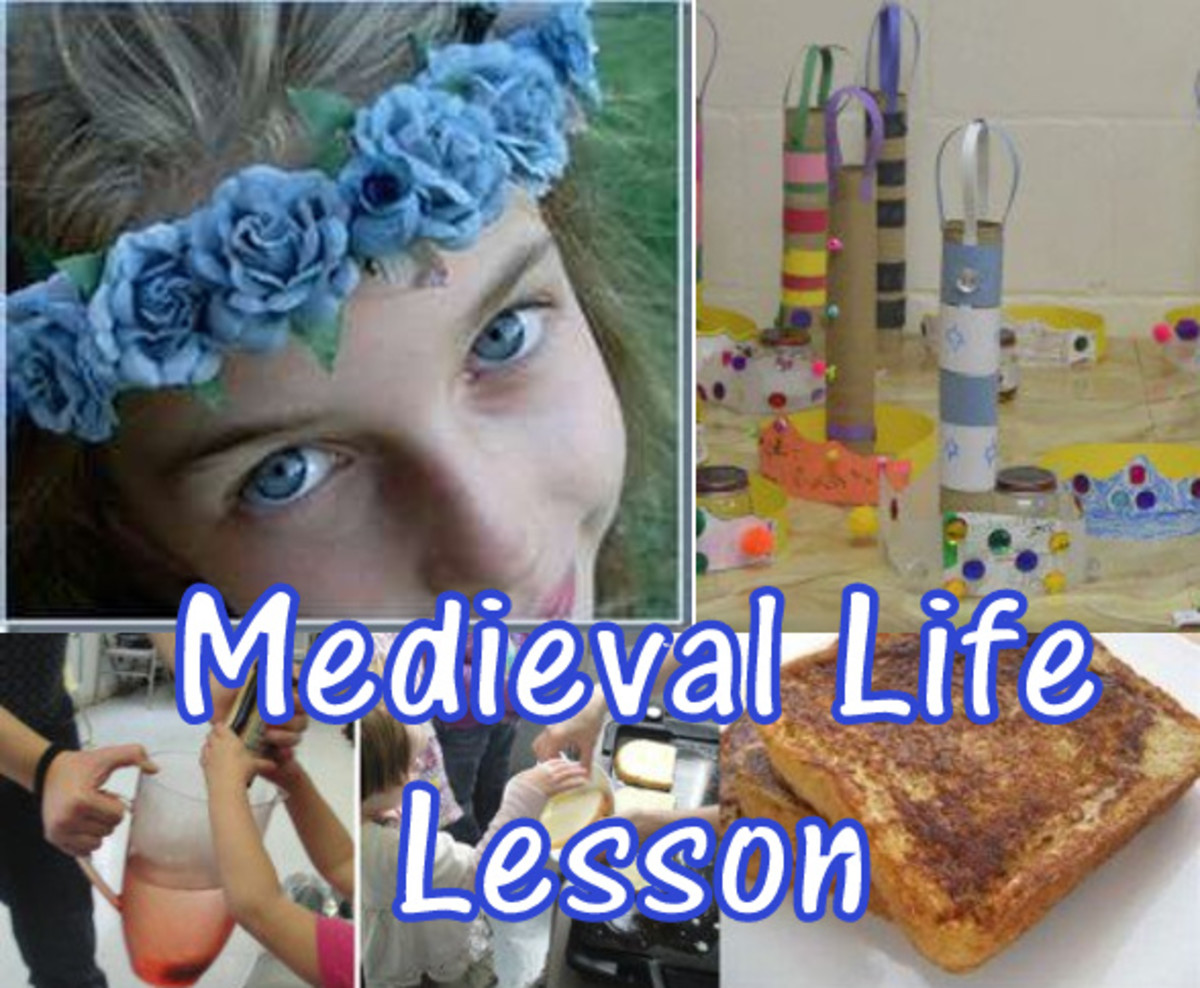Do School Bans Really Teach Children Anything?
Young Woman

Does Banning something at School Teach Children Anything?
British schools have been in the news lately. Banning make up, mirrors and skirts because they cannot regulate them. One school has banned make up for 14 – 16 year old girls, and removed the mirrors from their lavatories, after reasonable make up rules were ignored. Saying that because girls were spending too much time in the toilet in their lunchtime, and teachers were spending half an hour a day, talking to girls about their make up, the only sensible thing was to ban it completely. Another school banned skirts after girls were wearing them too short, in contravention of reasonable skirt length rule. Is reaching for an outright ban on completely normal teenage behaviour sensible, and was it not ever thus? A complete ban does not teach teenagers how to moderate or regulate their own behaviour.
Most British schools have compulsory school uniform and teenage girls, and boys, have always adapted the uniform to suit their own ideas of fashion. Forty years ago, parents and teachers controlled this tendency very successfully. It was all very simple. Girls were not allowed to wear short skirts or make up to school. Parents and teachers controlled this with common sense, and humour, using two different tactics. Parents played their part in enforcing school discipline. Teachers used their commonsense.
During the nineteen sixties, teenaged girls wanted to wear micro mini skirts as Mary Quant, Twiggy, and Lulu did. Parents and teachers naturally did not want young girls wear skirts that showed their underwear to all and sundry. Parents, when buying their daughters’ school uniform skirts ensured they were the correct length and that no alteration was made to the skirt, and that, when their daughters left the house for school, each morning, the skirt was not rolled up. Teachers seeing a girl with a too shirt skirt simply told her to roll the top down. Also spot checks were made, once a term or so, all girls were asked to stay in the hall after assembly, they then knelt on the floor, the headmistress or senior female teacher walked up and down the rows with a yardstick measuring the distance between hemlines and floor. Any skirt more than two inches from the floor earned its owner detention, or extra work. Girls knew where they stood and they could be slightly fashionable, but not take it to an extreme degree. Girls also knew that there was little point in complaining to their parents about teachers punishing them for having too short a skirt, since parents would agree with the teachers.
Teachers dealt with make-up in a slightly different way. Make-up was forbidden and girls knew it was. However, teachers ignored discreet eye make up, a little mascara or similar. Teachers all carried the small handy packets of tissues (Kleenex) , and girls sporting heavy make-up were simply handed a tissue and told to go and wash their faces, repeat offenders were given detention or extra work. It took very little time on the part of teachers and those breaching the ban got no sympathy from their parents or their peers, in fact, other girls were likely to tell them off for overstepping the mark. Girls learnt the difference between heavy and discreet make up, self-discipline, and were still allowed to do something perfectly natural for girls of that age.
These two approaches seem much more sensible than banning natural behaviour. They also teach youngsters about moderate behaviour and allow them to follow perfectly natural inclinations, without endangering themselves or looking like fools. Bans do not teach youngsters anything at all and do not help them to learn self-discipline. Surely, education is supposed to teach and educate the whole child rather than just filling their heads with facts.








